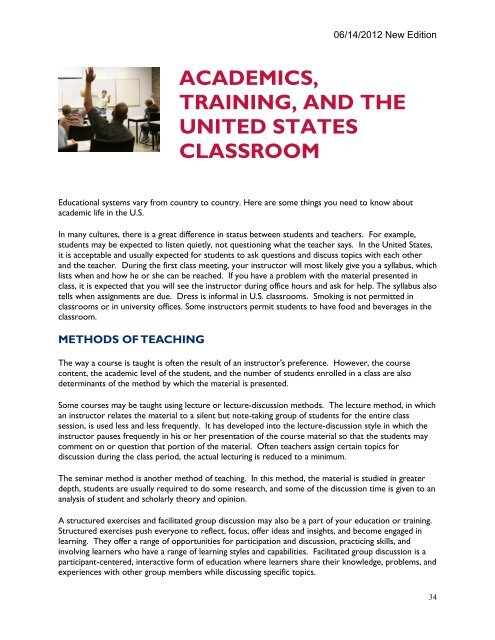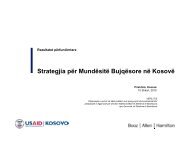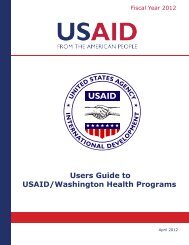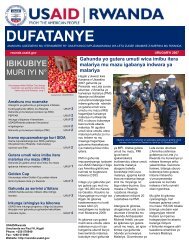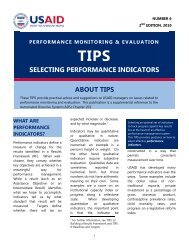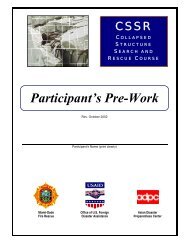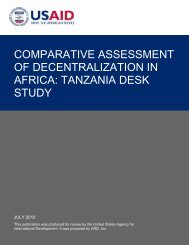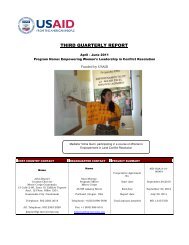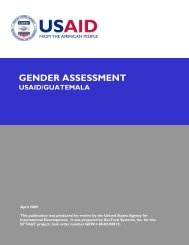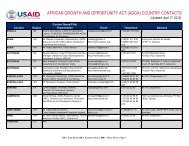Pre-Departure Orientation Manual - US Agency for International ...
Pre-Departure Orientation Manual - US Agency for International ...
Pre-Departure Orientation Manual - US Agency for International ...
Create successful ePaper yourself
Turn your PDF publications into a flip-book with our unique Google optimized e-Paper software.
06/14/2012 New Edition<br />
ACADEMICS,<br />
TRAINING, AND THE<br />
UNITED STATES<br />
CLASSROOM<br />
Educational systems vary from country to country. Here are some things you need to know about<br />
academic life in the U.S.<br />
In many cultures, there is a great difference in status between students and teachers. For example,<br />
students may be expected to listen quietly, not questioning what the teacher says. In the United States,<br />
it is acceptable and usually expected <strong>for</strong> students to ask questions and discuss topics with each other<br />
and the teacher. During the first class meeting, your instructor will most likely give you a syllabus, which<br />
lists when and how he or she can be reached. If you have a problem with the material presented in<br />
class, it is expected that you will see the instructor during office hours and ask <strong>for</strong> help. The syllabus also<br />
tells when assignments are due. Dress is in<strong>for</strong>mal in U.S. classrooms. Smoking is not permitted in<br />
classrooms or in university offices. Some instructors permit students to have food and beverages in the<br />
classroom.<br />
METHODS OF TEACHING<br />
The way a course is taught is often the result of an instructor's preference. However, the course<br />
content, the academic level of the student, and the number of students enrolled in a class are also<br />
determinants of the method by which the material is presented.<br />
Some courses may be taught using lecture or lecture-discussion methods. The lecture method, in which<br />
an instructor relates the material to a silent but note-taking group of students <strong>for</strong> the entire class<br />
session, is used less and less frequently. It has developed into the lecture-discussion style in which the<br />
instructor pauses frequently in his or her presentation of the course material so that the students may<br />
comment on or question that portion of the material. Often teachers assign certain topics <strong>for</strong><br />
discussion during the class period, the actual lecturing is reduced to a minimum.<br />
The seminar method is another method of teaching. In this method, the material is studied in greater<br />
depth, students are usually required to do some research, and some of the discussion time is given to an<br />
analysis of student and scholarly theory and opinion.<br />
A structured exercises and facilitated group discussion may also be a part of your education or training.<br />
Structured exercises push everyone to reflect, focus, offer ideas and insights, and become engaged in<br />
learning. They offer a range of opportunities <strong>for</strong> participation and discussion, practicing skills, and<br />
involving learners who have a range of learning styles and capabilities. Facilitated group discussion is a<br />
participant-centered, interactive <strong>for</strong>m of education where learners share their knowledge, problems, and<br />
experiences with other group members while discussing specific topics.<br />
34


